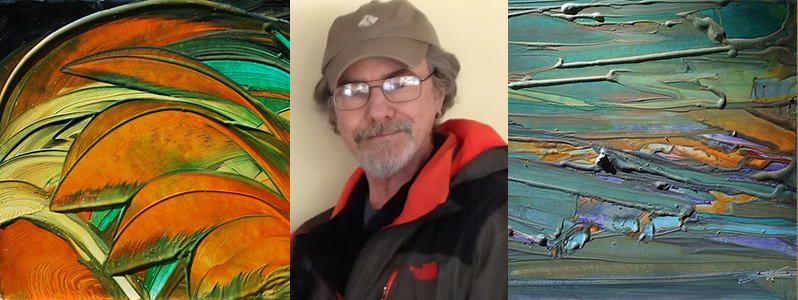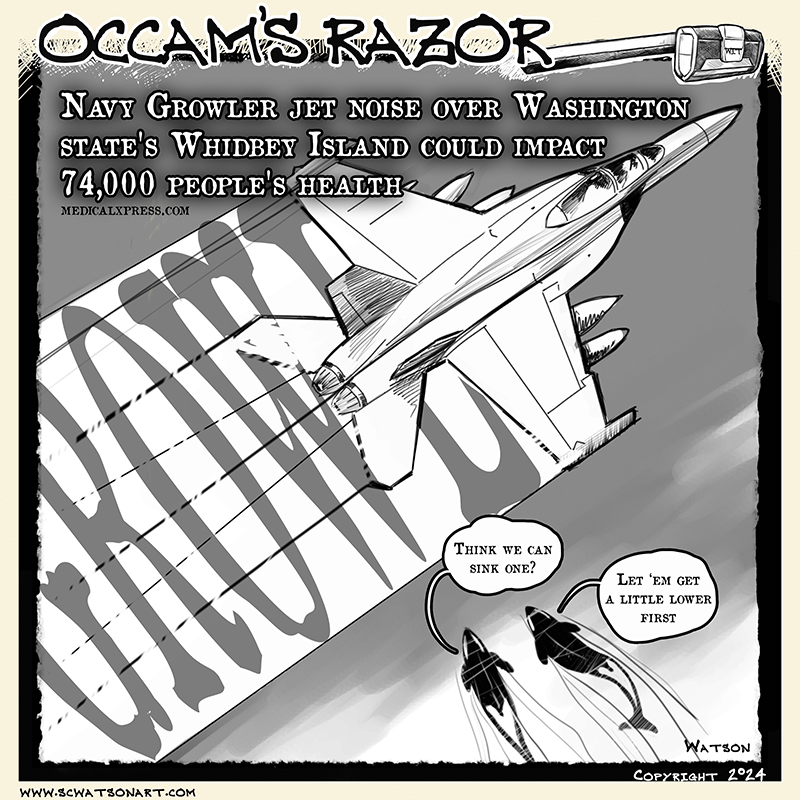Four levels of social structure have been identified among Resident killer whales
— from Center for Whale Research —

The basic and most important social unit is the matriline, composed of a female, her sons and daughters, and the offspring of her daughters. There may be as many as 17 members in a single matriline, but five or six members are more usual. Matriline members maintain extremely strong social bonds, and individuals seldom separate from the group for more than a few hours at a time.

Groups of related matrilines are known as pods. Matrilines within pods share a common maternal ancestor from the recent past. Most pods are comprised of one to four matrilines.
Groups of pods sharing similar vocal dialects and a common but older maternal heritage are called clans.
Pods and clans that regularly associate with one another are known as communities. Four resident communities have been recognized in the Northeastern Pacific: two in Alaskan waters, and two in British Columbia and the lower United States waters. Communities are based solely on association patterns, rather than maternal relatedness or vocal similarity.
The Southern Resident killer whale community is made up of three pods designated J, K, and L. The three pods belong to J clan, sharing a common ancestry. All three pods may be seen socializing and feeding together.
The Northern Resident killer whale community is over three times as large as its Southern counterpart.
The majority of this material appears in KILLER WHALES Magnificent Creatures of the Salish Sea by Ken Balcomb and Rick Chandler, Bainbridge Island Historical Museum and the Centre for Whale Research © 2016. Used with permission.
Learn more about the Southern Resident orcas on the About Orcas page of whaleresearch.com.







